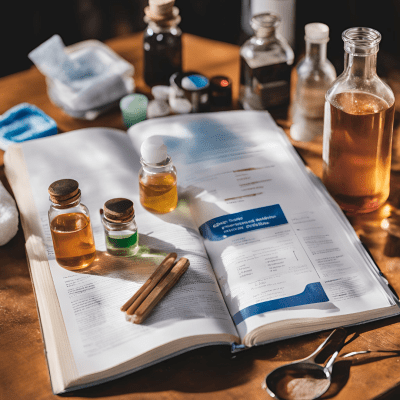Chemicals, Hottub, Water Testing
Failed Microbiological Test in Hot Tubs
This document provides guidance on understanding and responding to failed microbiological tests in hot tubs. It outlines potential causes of contamination, acceptable levels of various bacteria, and a detailed step-by-step procedure for decontaminating the hot tub.
Key Facts and Ideas:
- Pass/Fail Parameters: The document establishes clear acceptable levels for various bacteria including Legionella, Total Coliforms, E. Coli, and Pseudomonas Aeruginosa. Exceeding these levels necessitates immediate action as the hot tub is deemed unsafe for use.
- “A hot tub with a failed bacteriological test is deemed unsafe and it is critical to determine the cause. Microbiological contamination can be hazardous to health and should be dealt with swiftly to ensure bathing water is safe.”
- Causes of Failed Tests: A range of factors can contribute to a failed microbiological test. These include contamination from external sources, issues with the water source or delivery process, inadequate water quality management, design flaws, and insufficient disinfection or maintenance.
- “A failed microbiological test could be an indication of one or more of the following: Hot tub contamination, Contaminated water source, Contaminated delivery process, Poor or inadequate water quality management process, Poor design, Poor or inconsistent disinfection”
- Decontamination Procedure: The document outlines a comprehensive 10-step process for decontaminating a hot tub following a failed test. This includes:
- Disposal and Replacement: Discard contaminated filters and inline feeders, replace with new ones.
- Cleaning: Thoroughly clean pillows, the hot tub cover, and the scum line using appropriate cleaning solutions.
- Flushing: Treat the hot tub with specialized cleaning agents like Spa Super Cleanse and Hot Tub Flush.
- Draining: Completely drain the hot tub and remove residual water.
- Refilling: Refill the hot tub with clean water, taking precautions to prevent back siphoning.
- Shock Chlorination: Apply Rapid Shock (un-stabilised chlorine) to achieve a high free chlorine level for effective disinfection.
- Chlorine Reduction: Reduce chlorine levels to safe bathing levels using a chlorine reducer, ensuring a residual level is maintained.
- Secondary Testing: Conduct a follow-up bacteriological test to confirm successful decontamination.
Important Notes:
- The document emphasizes the importance of using personal protective equipment (PPE) when handling chemicals.
- It provides specific dosage rates for various cleaning and treatment agents, noting that these may be higher than regular maintenance doses.
- The emphasis on maintaining a residual chlorine level after disinfection highlights the need for continuous bacteria control even after a deep clean.
Overall, this document provides a valuable resource for hot tub owners and operators to understand, address, and prevent microbiological contamination, ensuring a safe and enjoyable bathing experience.












